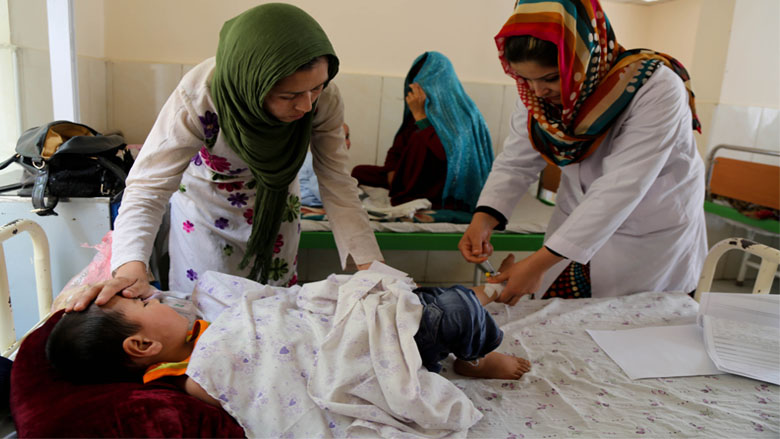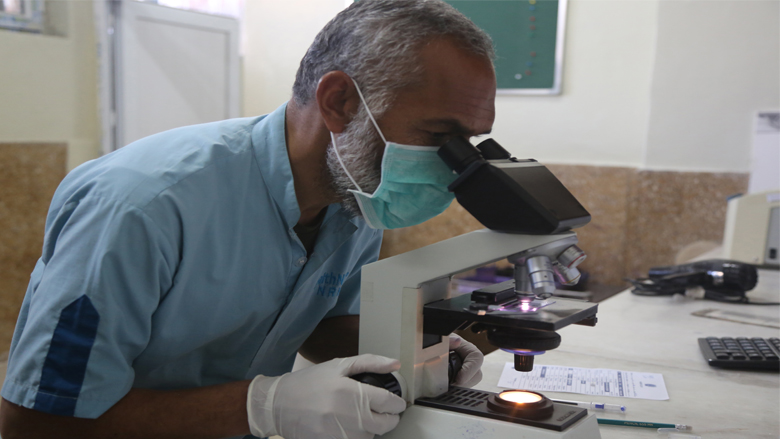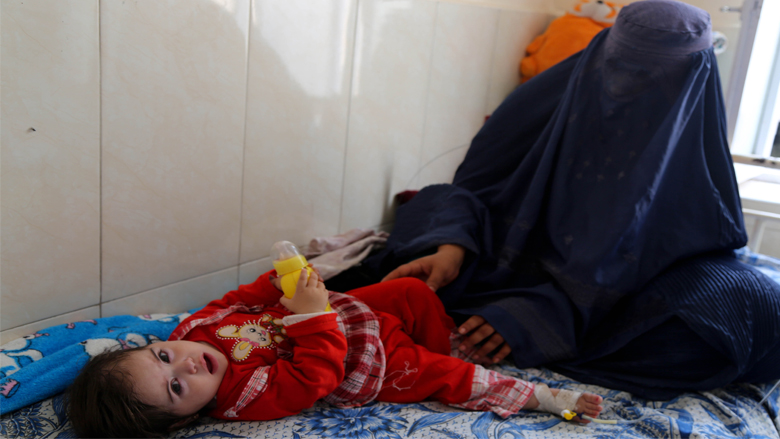Kabul Province (Kabul City): From the emergence of a new cadre of professionals to a dramatic increase in the number of children going to school, and a significant decrease in maternal and infant mortality rates, Afghanistan has witnessed tremendous development in the last one and a half decades. With the generous support of the international community, Afghanistan embarked on the path towards reconstruction 14 years ago, especially after several decades of war that left much of the country damaged.
Efforts to nurture an inclusive health care system have been part of the development goals in the past one and a half decades. The MoPH in cooperation with international donors has been working towards creating a well-functioning, efficient, and reliable healthcare system that is capable of offering quality healthcare services for Afghans across the country.
According to the Ministry of Public Health, “ in 2003, only 9% of Afghans had access to healthcare services ,” whereas today, as much as 67% of Afghans have access to the Basic Package of Health Services and Essential Hospital Services provided by over 2,200 health facilities in all 34 provinces.”.
Currently, more than 23,000 volunteer health workers assist MoPH throughout the country and this number is growing constantly day after day. “People have been informed about healthcare issues by volunteers and media and their awareness and information about health issues have increased” Dr. Hassan says.
MoPH runs healthcare centers in Kapisa, Panjsher, and Parwan provinces while providing health services in the rest of 31 provinces of Afghanistan have been contracted out to Non-Governmental Organizations (NGOs) through a robust competitive bidding process.
Initially, many donors funded MoPH through a variety of projects, among which World Bank, European Union, and the United States Agency for International Development (USAID) have remained the Ministry’s main donors.
With a three-year budget of $600 million, all donor assistance was mainstreamed in 2014 through the System Enhancement for Health Action in Transition (SEHAT) Program implemented by MoPH, with support from the World Bank and Afghanistan Reconstruction Trust Fund (ARTF).
The SEHAT Program aims: (i) to expand the scope, quality, and coverage of health services provided to the population, particularly to the poor, across the country, and (ii) to enhance the stewardship functions of MoPH. The program supports the provision of a basic package of health services and an essential package of hospital services in entire country. It also strengthens the national health system and MoPH’s capacity at central and provincial levels, so that the ministry can effectively perform its stewardship functions.
Dr. Abdul Qadir Qadir, Director of Policy, Planning and Public Relations at MoPH, says: “The program’s effective and efficient finance management has allowed for an easy evaluation and supervision. Moreover, it has brought our three main donors under one umbrella, whose funds are channeled to the government budget through ARTF.”



